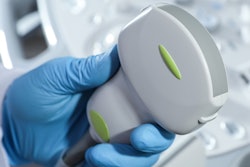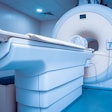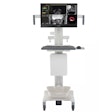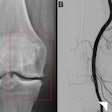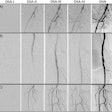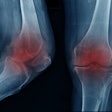A Society of Interventional Radiology and Society of Abdominal Radiology survey has found that while 84% of participants say reviewing biopsy pathology findings for concordance with imaging should be standard practice, only 57% say they routinely do so.
In a letter published in the Journal of Vascular and Interventional Radiology, Olga Brook, MD, of Beth Israel Deaconess Medical Center in Boston and colleagues underscored the utility of reviewing biopsy reports for concordance, especially in instances where biopsies produce findings that are nondiagnostic or discordant with imaging findings. Such discrepancies, if not resolved, could potentially result in false negative results that could delay diagnosis and treatment.
While Brook's group noted that routine radiology-pathology concordance review has been shown to decrease delays in treatment and diagnosis and improve management of cases and use of resources, it is a standard or routine requirement only for breast biopsies.
Of the 487 total non-trainee Society of Interventional Radiology (SIR) and Society of Abdominal Radiology (SAR) members performing procedures who participated in the survey (administered between April and May 2023) 84% agreed that concordance review for all biopsies should be standard practice in interventional radiology, but only 57% said that they currently review all or nearly all of their biopsy results for concordance.
Of the potential benefits of concordance assessment, 92% cited improved patient care, 87% cited improved relationships with colleagues from other specialties, 86% said it offered a learning opportunity, and 51% cited job satisfaction. Reasons survey participants most frequently gave for not routinely assessing concordance of biopsy results with imaging, despite supporting the need for it, included the lack of time (77%) and resources (70%).
The authors noted that while they found no correlation between experience levels and the routine practice of radiology-pathology concordance review, they did find that the availability of organizational help correlated positively with routine review.
However, the authors suggested that "while organizational personnel support is clearly beneficial, a streamlined workflow within the electronic medical record is likely to be the optimal approach for completing timely and efficient radiology-pathology concordance assessment.”
The survey results may skew high due to selection bias, as those most likely to feel strongly about following up on biopsies were most likely to respond to the surveys, the authors noted. Additionally, they added that the pool of respondents was relatively small, and may not be representative of the field.
However, the findings indicate support for the routine use of concordance assessment as beneficial, as well as highlighting some of the challenges with its implementation as a standard.
“Therefore, increased organizational support, either via non-physician support staff or, ideally, via automated electronic medical record tools, has a significant potential to positively impact patient care,” the authors concluded.
Read the letter here.





